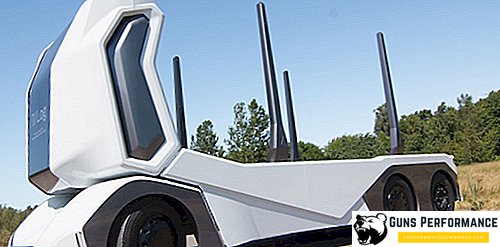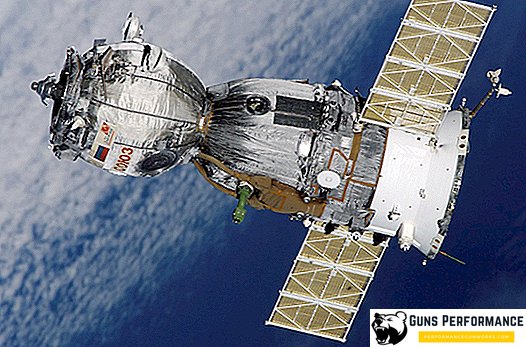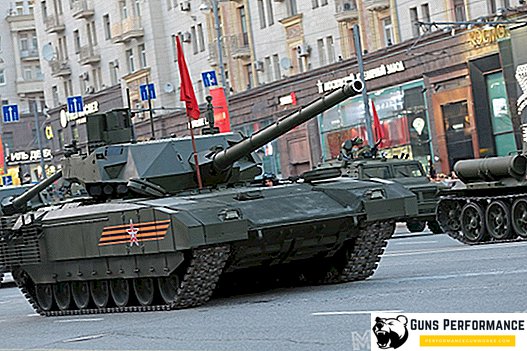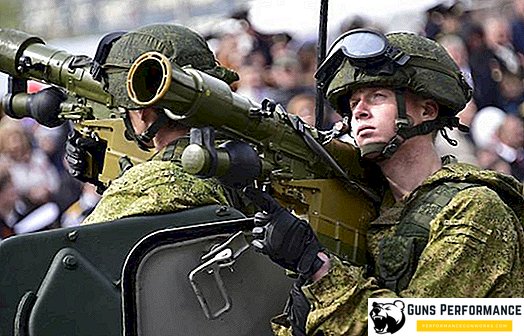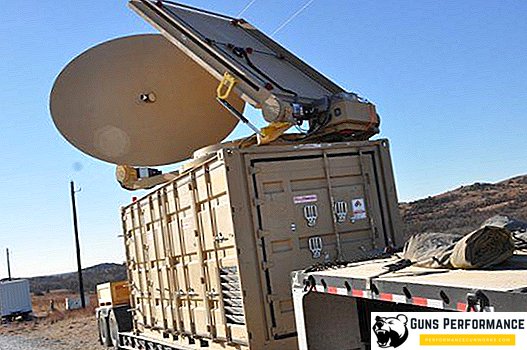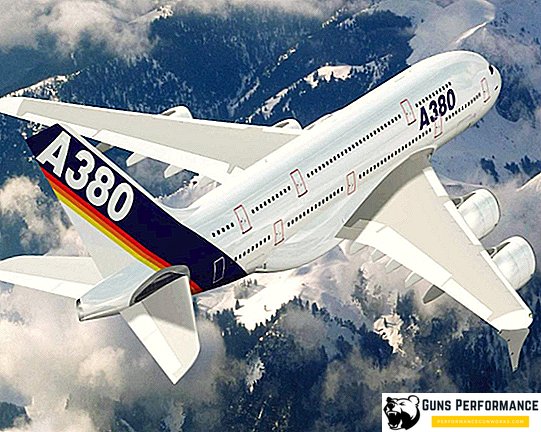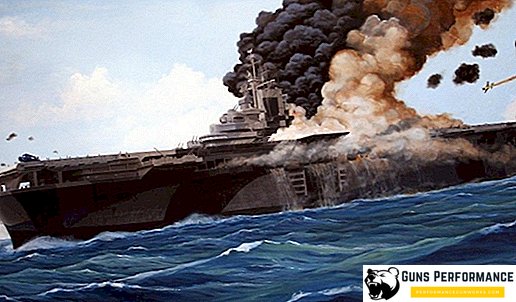The Boeing 747 (also referred to as the Jumbo Jet or “747”) is a wide-body two-deck long-haul passenger airliner, developed by the same-name corporation in 1969.
Overview of the salon and the best places
Depending on the model and layout, the passenger cabin of the Boeing 747 is capable of accommodating 366 to 581 passengers. Currently, the most common option is the layout of the cabin liner, which provides for the presence of two classes (business and economy), so it makes sense to consider it.
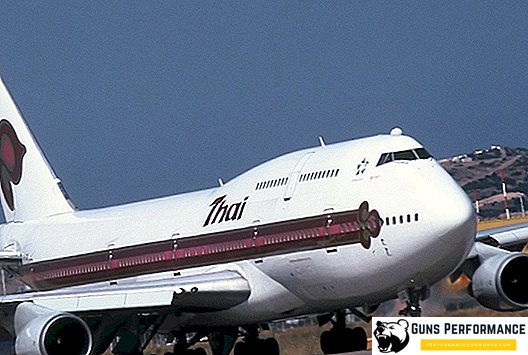
The business class cabin in the Boeing 747 aircraft is located on the upper deck (rows 72-80) and in the bow of the lower deck (rows 1-4). Thus, the business class liner has 44 seats. The central passage is one here, and the chairs are placed according to the “2-2” scheme. The seats of this class are comfortable and upholstered chairs that can fold out (in some versions of the Boeing 747) by 180 degrees, transforming, thus, into comfortable and cozy beds. Also, depending on the aircraft, business class seats may have the appearance of half-closed "compartments" and be placed "herringbone", providing more legroom. Business class passengers are offered a tasty menu with a wider selection of dishes and drinks, as well as a set of fresh press. Some models (mostly made in the last 10 years) have a built-in multimedia entertainment system that can brighten up flight time.
Business class seats are the best on board the Boeing 747. However, it is worth noting that they are far from being equal and among them there are not very successful ones.
Not the best in the cabin business class aircraft Boeing 747 can be called a place located in the row at number 72. The main reason is that they are located near the toilet and utility rooms. This means that the lighting here will work even in the dark, thus interfering with a relaxing and full rest. However, not around the clock light is the main problem of these places. The main inconvenience for the 72-row chairs is that it is guaranteed to be a rather busy traffic, and not so much the attendants as the passengers on the way to the toilet.
This is especially true of places located directly at the aisle (indicated in the diagram by the letters C and K). Also not very attractive for a business class are places in the 80 part-time. These places were near the sideboard and stairs leading to the lower (main) deck. That is why there will also be a rather lively movement here. However, space 72 and 80 rows for the business class should be booked, especially for long-haul flights, at the very least.

Behind the seats of business class on the lower deck is an economy class lounge. It is represented by places occupying ranks with numbers from 9 to 69 and has two central aisles. The seats of this class are located, as a rule, according to the “3-4-3” scheme. Economy class armchairs are soft, comfortable, and the distance between them is about 80 centimeters, which corresponds to international standards. Folding tables for meals and a video / audio entertainment system for each seat is mounted, as a rule, in the front backrest. The only exceptions are places that do not have other places in front of them (for example, as shown in the diagram, these are 9, 21, 35 and 51 rows). For them, all such devices are mounted in the armrests.
The best for the cabin economy class aircraft Boeing 747 are places designated by the letters A, B, J and K, located in rows numbered 9, 21, 35 and 51. Their convenience and comfort are explained by a number of factors. The most important thing is that directly in front of them, as mentioned earlier, no other places are located, and, therefore, no one can recline the back of the chair and limit the space of passengers in these places. Also (which is typical for the ninth row seats), the spread of food begins, as a rule, from the front seats of the cabin. Thus, passengers of the 9th row have a greater choice of dishes and drinks in comparison with the passengers of the back rows, especially considering the enormous size of the cabin and the number of passengers in economy class. The portholes of the Boeing 747 are large, comfortable, so the places around them can also be called quite preferable (if, of course, this is not 67 series).

Not the best for the economy class cabin are the places designated by the letters C and H and located in rows 17, 18, 21-27, 33-36, 45, 51-54. Their inconvenience is explained very simply: they are adjacent to the aisles directly near the stairs leading to the upper deck, toilets and buffets, which provides a lively movement here. This, as well as the hustle and bustle of the doors, are capable of delivering quite a few inconveniences and spoiling the impression of a flight on a Boeing 747. The most inconvenient, especially for long-haul flights, are places in 68 and 69 rows, that is, in the very tail of the aircraft. Here is a block of toilet facilities, and therefore, the main movement of passengers in the rear section of the economy class cabin, is. Places 68 and 69 need to be taken only as a last resort, when there are no tickets to other places.
Creation and operation
In the 60s of the 20th century, Boeing Corporation was rightly proud of the high popularity of their offspring - the passenger airliner Boeing 707. Nevertheless, the active growth in demand for air travel prompted Boeing to start developing a new passenger airliner in the late 60s. increased capacity and larger size - the qualities expressed in the wishes of the airline Pan American, the main potential customer of the future liner.
In the late 60s, it was believed that the future would belong to supersonic passenger aircraft. That is what influenced, to a certain extent, the design and design of the Boeing 747 aircraft. Initially it was assumed that the Boeing 747 would be a cargo-passenger and, if necessary, each passenger board could be converted into a cargo one.
The airliner was designed as a double-deck widebody, and the upper deck, like the main one, was supposed to extend to its full length. However, due to the fact that this would seriously degrade the aerodynamic properties of the aircraft, it was decided to make the upper deck in the form of a “hump”, because of which the aircraft received the nickname “eggplant”. Another interesting solution was to place the cockpit on the second deck, since the nose could then be converted into a ramp for cargo modification.
Due to the fact that the development of the Boeing 747 was released very little time - less than 4 years - its development and production went at a rapid pace. The Boeing Corporation plant was not designed for assembling such giant liners, so an urgent need was to build a new plant. At the same time, pilots were trained on the new liner, which was held on a special simulator designed to train pilots to control and taxi from a sufficiently high cabin.

However, at the same time, the company Boeing experienced its far from the best of times. Being on the verge of bankruptcy, she placed all her hopes on a new airliner. History has shown that these hopes were not in vain, and the revenues from sales of the Boeing 747 far exceeded the costs of its development and construction.
The first flight of the liner took place in February 1969, and in 1970 the first Boeing 747 was delivered to Pan American, and its commercial operation began.
Nevertheless, the liner was rather coolly received by the airlines, mainly due to its high fuel consumption. It was assumed that such a plane would not justify itself even on long-haul routes, which is why more often preference was given to Lockheed and McDonnell Douglas three-engine liners. In 1973, an oil crisis struck, and fuel prices soared sharply. In this regard, some companies have decided to cease commercial operation of the liner. For example, the airline American Airlines converted all of the Boeing 747 into a cargo, and then sold it.
However, despite all the prophecies of the inevitable collapse of the liner, its production continued, and in 2005 a modification of the Boeing 747-400 was created, capable of breathing new life into this aircraft. However, it is worth noting that gradually the demand for the liner falls, and the number of companies operating it, every year becomes less. This is due to the greater age of the model, as well as the fact that today more powerful and new liners are used in the airline industry.

Modifications of the Boeing 747
- Boeing 747-100 - the basic modification of the aircraft, which had a range of up to 9500 km and a capacity of 366 to 452 people (with a three-class and two-class layout of the passenger compartment, respectively). Commercial operation of the model was launched in 1970 by Pan American World Airways. Production of the aircraft continued from 1968 to 1976 and was discontinued due to the oil crisis. Boeing 747-100 aircraft were later converted by Pan American Airways into Boeing 747-100SF cargo and sold to other airlines.
- Boeing 747-100SR - modification "747" with a reduced flight range (SR letters denote the Short Range - short range) for use at short distances. Used mainly in Japan on domestic airlines. Also, one of the Boeing 747-100SRs is still used by NASA for towing space shuttles.
- Boeing 747-100SP - is a serious processing of the Boeing 747 for its greater efficiency (SP means Special Performance - a special version). Thus, the fuselage was significantly shortened, the number of passenger seats was 220, and the aircraft itself was optimized to reduce costs - in particular, the flight range was increased.
- Boeing 747-200 - modification of the liner, which has an elongated body, increased take-off weight, more powerful engines and as a result, increased flight range. Developed in 1971. Boeing 747-200 has a number of options. Among them: Boeing 747-200B (improved version with more powerful engines), Boeing 747-200F (cargo version), Boeing 747-200C (aircraft for transportation of cargo or passengers), Boeing 747-200M Combi (cargo and passenger version).
- Boeing 747-300 - modification of the liner with an elongated upper deck, which increased the capacity of the aircraft. It was originally planned that the 747-300 will be a three-engine modification, but due to the low demand for three-engine airliners, it was released with 4 engines in 1980. There are two versions of the Boeing 747-300: 747-300M (combined, passenger-and-freight version) and 747-300SR (aircraft with a shortened flight range).
- Boeing 747-400 - is the most popular modification of the aircraft. Externally, it differs from other aircraft of the family in that it has vertical tips on the wings. At the same time, there is a special series of Boeing 747-400, which is operated in Japan on domestic flights where these tips are absent. Inside, the aircraft has a more advanced avionics system, which has reduced the crew, as well as lower noise levels. Also, the Boeing 747-400 is significantly more economical than its counterparts, which ensured its popularity. For this modification there are such options as: Boeing 747-400M (cargo-passenger), Boeing 747-400SF and Boeing 747-400SF (cargo modifications), as well as Boeing 747-400ER (modification with increased flight range).
- Boeing 747-8 - modification of the liner with increased take-off weight and capacity, developed in 2010. Commercial operation began with the next, 2011.
- Boeing 747 LCF Dreamlifter - cargo version, created on the basis of the aircraft Boeing 747-400. Has a higher fuselage and payload.

Overview of the Boeing 747 and its characteristics
Boeing 747 is a wide-body nizkoplan normal aerodynamic configuration. The power plant of the aircraft is represented by 4 turbofan engines. Plumage - single-chin.
Boeing 747 flight performance:
| Characteristic | Boeing 747-100 | Boeing 747-400ER | Boeing 747-8 |
| Length m | 70,6 | 70,6 | 76,3 |
| Wingspan, m | 59,6 | 64,4 | 68,5 |
| Fuselage width, m | 6,5 | 6,5 | 6,5 |
| Height, m | 19,3 | 19,4 | 19,4 |
| Wing area, m² | 511 | 541 | 554 |
| Empty mass, t | 162,4 | 180,8 | 214,5 |
| Maximum take-off weight, t | 340,2 | 412,8 | 442,2 |
| Cruising speed | M = 0.84 | M = 0.855 | M = 0.855 |
| Maximum speed, km / h | 955 | 988 | 988 |
| Range with maximum load, km | 9800 km | 14,205 km | 14,815 km |
| Fuel reserve, l | 183 380 | 241 140 | 242 470 |
| Interior width, m | 6,1 | 6,1 | 6,1 |
| Cargo capacity | 170.6 m³ (5 pallets + 14 LD1s containers) | 158.6 m³ (4 pallets + 14 LD1s containers) | 275.6 m³ (8 pallets + 16 LD1s containers) |
| Capacity | 366 (3 classes) | 416 (3 classes) | 467 (3 classes) |
| (number of passengers) | 452 (2 classes) | 524 (2 classes) | 581 (2 classes) |
| Power point | 4 × Pratt & Whitney JT9D | 4 × General Electric CF6-80 | 4 × General Electric GEnx-2B67 |
| Thrust engines (4x) | 222.4 kN (22.6 t) | 281.1 kN (28.68 t) | 296.0 kN (30.2 tons) |
| Crew, pers. | 3 | 2 | 2 |

Conclusion
Boeing 747 is a bright page in the history of aircraft manufacturing and air transportation, as well as in the biography of the eponymous corporation. Thanks to his generally good performance, he was able to achieve considerable success in the airline market. However, it should be noted that the days of his glory have already passed, and now there are many more economical aircraft, according to their data, at least not inferior to the "old man" Jumbo Jet.



